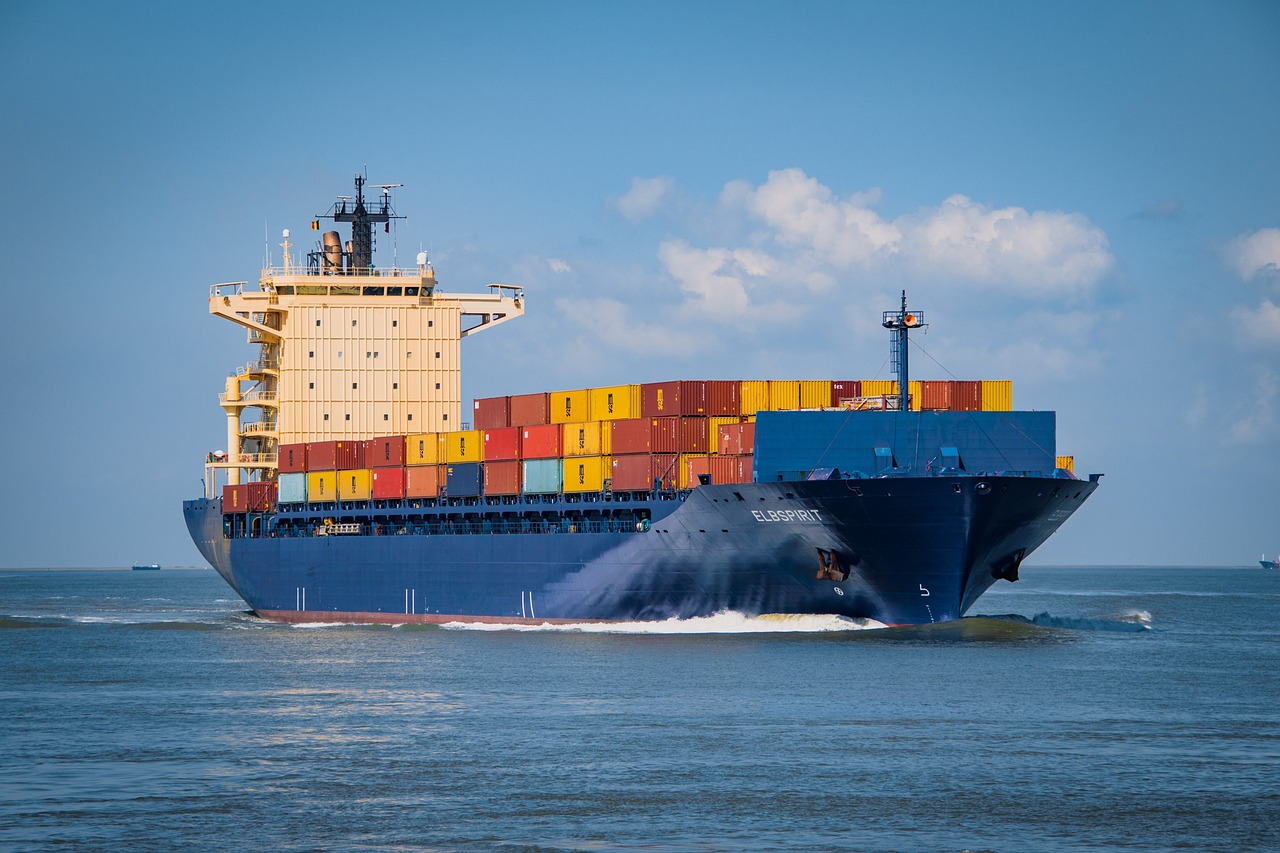Cargo vs. Tanker: Unveiling the Distinctions in the Shipping Industry
In the vast realm of the shipping industry, two prominent terms often come up: cargo and tanker. While both are involved in the transportation of goods, they serve distinct purposes and operate in different ways. Understanding the difference between cargo and tanker is crucial for anyone seeking insights into the intricacies of this industry. In this blog post, we will delve into the nuances, functions, and key differentiators of cargo and tanker vessels, shedding light on their roles in global trade.
- Cargo Vessels:
Cargo vessels, also known as freighters or container ships, are designed to transport a wide range of goods in large quantities. These ships are equipped with cargo holds or containers, allowing for the efficient storage and transportation of various commodities, such as consumer goods, raw materials, and manufactured products. Cargo vessels are the backbone of global trade, facilitating the movement of goods between countries and continents.
Key Features of Cargo Vessels:
- Versatility: Cargo vessels are versatile and can accommodate different types of cargo, including dry bulk, breakbulk, and containerized goods.
- Containerization: The advent of containerization revolutionized the cargo industry, enabling standardized and efficient transportation of goods.
- Portability: Cargo vessels are designed to navigate through various ports and waterways, ensuring seamless connectivity in the global supply chain.
- Economies of Scale: These vessels are often massive in size, allowing for economies of scale and cost-effective transportation of goods.
- Tanker Vessels:
Tanker vessels, on the other hand, specialize in transporting liquid cargoes, primarily petroleum products, chemicals, and liquefied natural gas (LNG). Tankers are equipped with specialized tanks that can withstand the unique requirements of liquid cargo transportation, ensuring safety and preventing leakage. The demand for tanker vessels is closely tied to the energy industry, as they play a crucial role in the global distribution of oil and gas.
Key Features of Tanker Vessels:
- Segmentation: Tanker vessels are categorized based on the type of liquid cargo they transport, such as crude oil tankers, product tankers, chemical tankers, and LNG carriers.
- Safety Measures: Due to the hazardous nature of the cargo, tanker vessels adhere to stringent safety regulations and undergo rigorous inspections to prevent accidents and environmental damage.
- Specialized Equipment: Tankers are equipped with advanced pumping systems, heating facilities, and storage tanks designed to handle specific types of liquid cargo.
- Global Energy Trade: Tanker vessels are vital for the transportation of oil and gas, facilitating the global energy trade and ensuring a steady supply of energy resources.
Conclusion:
In conclusion, the difference between cargo and tanker vessels lies in their purpose, cargo type, and specialized features. Cargo vessels are versatile carriers that transport a wide range of goods, while tanker vessels focus on the transportation of liquid cargoes, primarily petroleum products and chemicals. Understanding these distinctions is essential for stakeholders in the shipping industry, enabling them to make informed decisions and optimize the logistics of global trade.

Post Comment